Nakṣatra Puruṣa Vrata
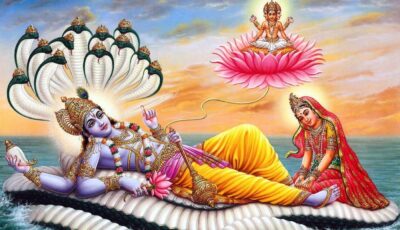
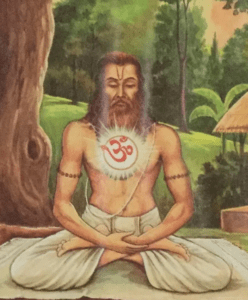
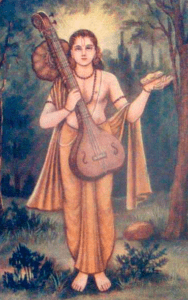
The Nakṣatra Puruṣa Vrata, wherein each part of Viṣṇu’s body is worshipped, following the transit of the Moon in the 27 nakṣatras, is one of the supreme vratas elucidated in the purāṇas. As explained by Pulastya to Devarṣi Nārada in the Vāmana Purāṇa, it begins with a description of the nakṣatrāṅgas (parts of the body representing the different nakṣatras) of Lord Viṣṇu. The 27 nakṣatras are said to represent the Divine Body in the following manner.
Mūla nakṣatra are the Lord’s lotus feet, Rohiṇī and Aświnī are his shanks, the two Āṣāḍas, his buttocks and the two Phālgunis his privies. Kṛttikā is his waist, Anurādhā his thighs, Dhaniṣṭhā his back, Viṣākhā his arms, Hastā his hands and Śatabhiṣāj his ankles. Maghā represents his nails, Jyeṣṭhā his neck, Śravaṇa his ears, Puṣyā his lips and Svātī his teeth. The jaws are ruled by Punarvasu, Mitrā his nose, Prajāpati his eyes and Indra his hair. After describing the nakṣatra-parts of the Divine Body, Pulastya goes on to describe the ritual of the Nakṣatra Puruṣa Vrata.
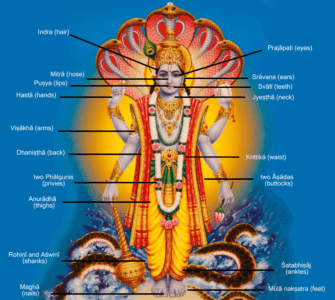
On śukla aṣṭamī of the month of Caitra, when the Moon is in Mūla nakṣatra, the Nakṣatra Puruṣa Vrata commences with the ritual worship of the lotus feet of Bhagavāna Viṣṇu. This Vrata is marked by the donation of edible items to the highest among Brahmins. After devotedly worshipping the knees of the great lord, haviṣānnya (sacred/sacrificial food) should be offered, and thereafter when the Moon transits the Āṣāḍas, the buttocks of Viṣṇu are to be worshipped accompanied with the donation of cold milk products. During the Moon’s stay in the two Phālgunis, the privies of the Lord are worshipped and cow’s milk is donated to the Brahmins. Upavāsa or fast is observed when the Moon is in Kṛttikā, for the worship of Viṣṇu’s waist, and the bequeathing of flower-scented sweets. While the Moon dwells in the Bhādrapadas, the ritual worship of the two sides of Viṣṇu is performed, with the donation of jaggery laced sweets. In Revatī, the Lord’s belly is worshipped and sweets made of beans are donated. In Anurādhā, Lord Viṣṇu’s chest is worshipped with donations made of special rice and milk preparations. Then, when the Moon is in Dhaniṣṭhā, the lord’s back is worshipped and donations are made of sweets, followed by the worship of the arms during Viṣākhā, when milk preparations of the highest quality of rice are donated.
In a similar manner, the divine hands are worshipped when the Moon is in Hastā with donations of milk preparations with barley. In Punarvasu, the fingers are worshipped, with donations of a finger-shaped vegetable (poṭol/pointed gourd) and in Aśleṣa, the nails are worshipped, and partridges are donated. In Jyeṣṭhā, the neck is worshipped, and sweets made of sesame donated to Brāhmiṇs. In Śravaṇa, the ears are worshipped along with donations of curd. In Puṣyā, Viṣṇu’s mouth is worshipped, and rice pudding laced with ghee is donated to the Brāhmiṇs. When the Moon is in Svātī, the Lord’s teeth are worshipped and sesame is offered and when in Śatabhiṣāj, the ankles are worshipped and Priyañgu (medicinal plant and perfume) is donated. In Maghā, the nose is worshipped, and honey and goat’s milk are bequeathed and when the Moon transits Mṛgaśirā, the Lord’s lotus eyes are worshipped together with a donation of deer to the Brāhmiṇs. The Moon in Chitrā heralds the worship of the forehead and the feeding of Brāhmiṇs with an excellent feast. Bharaṇī indicates the worship of the head and the offering of the best-prepared and pleasant tasting milk products. Finally, in Ardra, the hair of Viṣṇu is worshipped and milk products mixed with jaggery and ginger are donated to the Brahmins.
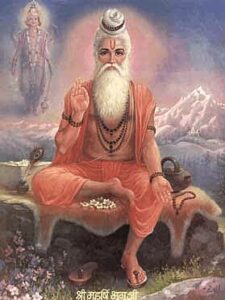
In this manner the Jagatpati or the Lord of the Universe is worshipped in each and every nakṣatra, wherein Bhagavāna Viṣṇu’s every single body part is revered and worshipped separately. The Nakṣatra Puruṣa Vrata is the highest among vratas, capable of removing all sins and was observed by none another than Mahaṛṣi Bhṛgu. By observing this Vrata, the worshipper’s body acquires beauty and form and the sins of the past seven births and those accumulated by one’s parents are destroyed. It grants the worshipper excellent health, unending mental peace, extreme beauty, sweet speech, charm and well being in all aspects of one’s life. Arundhati had achieved fame upon observing this Vrata and Aditi was blessed with a child when Lord Janārdana took birth in her womb. Rambhā acquired her renowned beauty and sweet speech and her moonlike glow, while Pururobā acquired a kingdom. In this manner the desires of these worshippers were granted by Lord Janārdana. The Nakṣatra Puruṣa Vrata when observed strictly amid a gathering of well-wishers and observing sanctity gives fame and health and fulfills all desires.
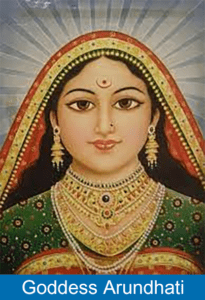
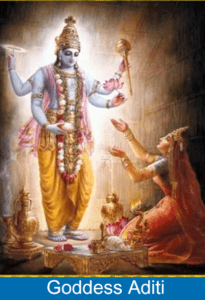
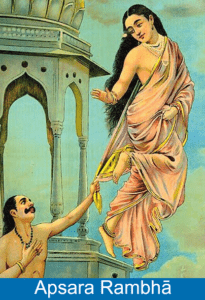

0 comments